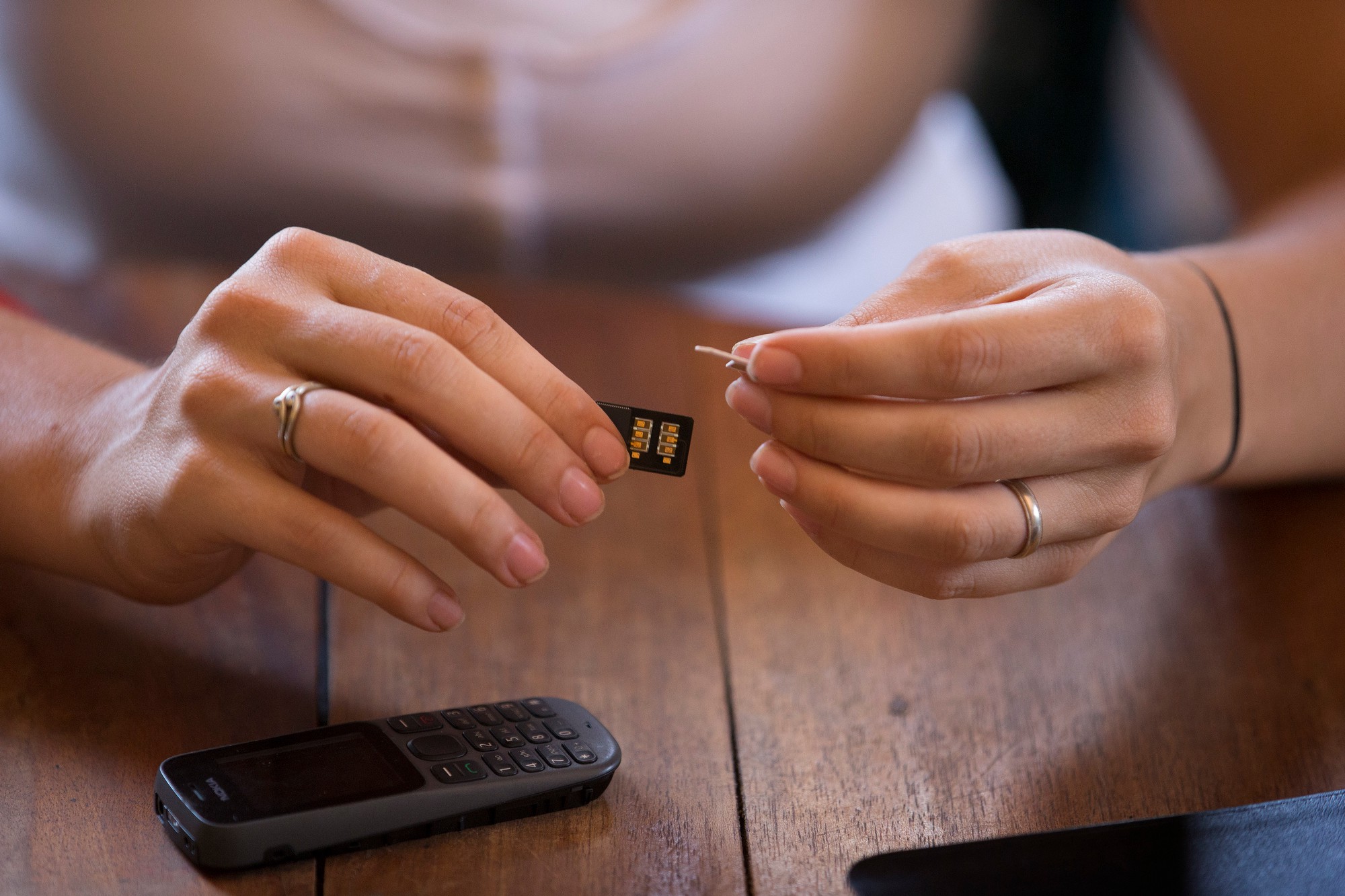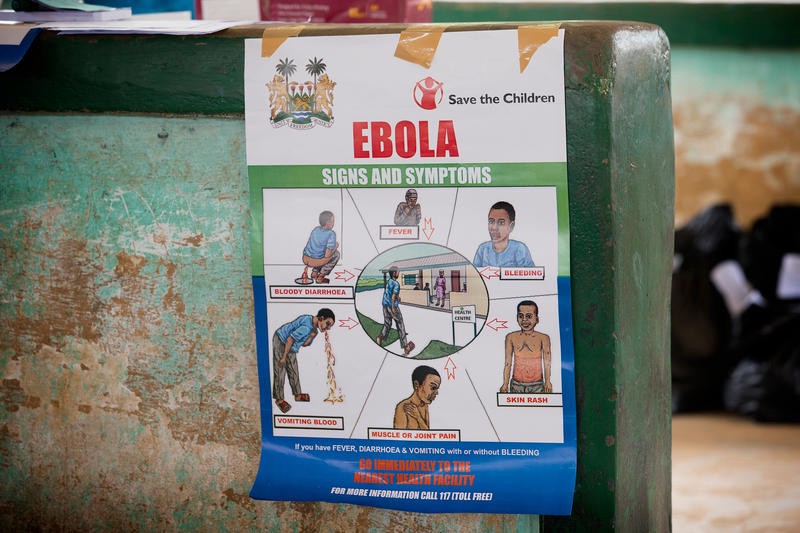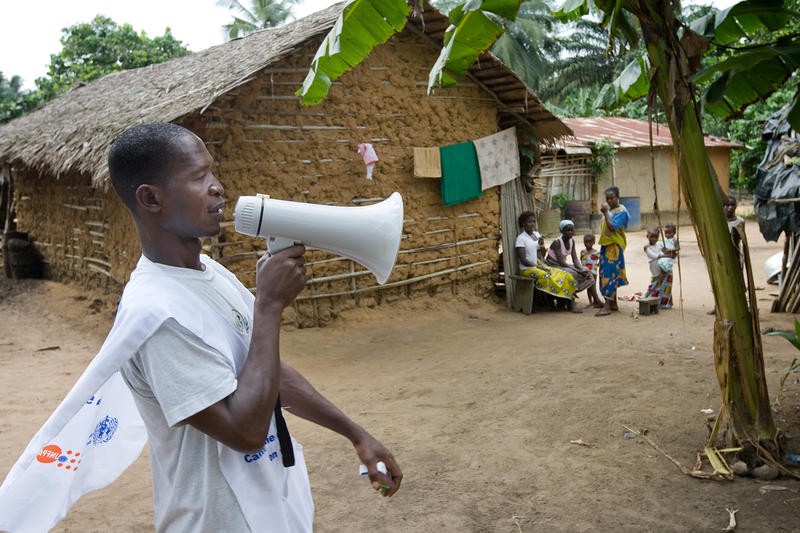

The silence is broken by three short beeps. Jackson reaches into the dark for his mobile phone and holds it up.
For his family, the string of 160 characters that just appeared on his screen could be the difference between life and death–because Jackson lives near Bo in Sierra Leone, an area at the heart of the worst-ever outbreak of Ebola. People are worried, scared, and misinformed. Accurate information is crucial and thanks to the reach of mobile technology, he has precisely what he needs in the palm of his hand.
“In the Ebola crisis, communication precedes prevention and treatment,” said the Reverend Larry Hollon, general secretary of United Methodist Communications (UMCom), which has a history of working with communities in the area. “The contagion cannot be contained without greater effort at sanitation, isolation of sick people, and proper handling and burial of the deceased. And this has to be communicated effectively and widely. In these circumstances, a clear message saves lives.”
With no known cure for Ebola, a combination of scientists, nonprofit organizations, and local church groups are turning to both traditional media and newer information technologies in the fight to halt its advance. In something of a two-pronged attack, posters, megaphones, and fliers help take the message to places mobile phones and the internet are yet to reach.


Ebola first revealed itself to the world in 1976, five years before HIV began its global march. Taking its name from the river in the Democratic Republic of Congo where it was first recorded, Ebola causes severe internal hemorrhaging and has the highest fatality rate of any human virus, killing up to 90 percent of its victims. It’s highly contagious and, not surprisingly, outbreaks strike enormous fear in local people.
Today it’s the turn of communities in Guinea, Liberia, and Sierra Leone as an epidemic takes hold and threatens to sweep its way across the continent. To date, over 2,000 people have been infected amid a huge local, national, and increasingly international effort to stop its spread.
As Jackson would testify, the humble text message is at the forefront of the fight back. Mobile penetration may not be as high in his village as it is in the developed world, but it is high enough to form the backbone of a concerted public outreach program set to counter misinformation, alert people to early symptoms, and show how to avoid infection. The same technology is being used to coordinate data collection and enable information-sharing among clinics; open-source mapping tools are also being used to record outbreak hotspots and to track Ebola’s spread. Talk is already moving on to how supercomputers like IBM’s Watson might be used to simulate future outbreaks.
On the ground, much of the available technology might be old to Western standards, but that doesn’t mean it’s no longer useful. Feature phones, for example, can be adapted into data collection tools.
Medic Mobile, a nonprofit technology outfit based out of San Francisco, provides a parallel-SIM card that sits behind the operator SIM, turning the devices into powerful reporting tools. The additional SIM contains a number of simple text-based apps that can be called up through an on-screen menu, housing forms to be filled in and other data to be captured. All of this information can then be wirelessly transmitted through the mobile network to a server. From there it can be analyzed, mapped, or both.
With a large international effort under way, United Methodist Communications is leading the field on the technology front. UMC has been using tools such as FrontlineSMS for some time to help disseminate and collect all manner of information through mobile phones, and today it is turning its attention to helping communities use the technology to deal with the Ebola outbreak.
“If there’s one thing we’ve learned,” said the Reverend Neelley HIcks, UMC’s director of ICT4D Church Initiatives, “it is that it’s much easier to get these networks in place before the event. Despite the available technology, we’re all still playing catch up with the current outbreak.”
With the lack of a known vaccine, information–much of it digital–is turning out to be the most powerful weapon the global health community has at its disposal. If these messages go viral, there’s every chance that Ebola won’t.


How We Get To Next was a magazine that explored the future of science, technology, and culture from 2014 to 2019. This article is part of our Vital Signs section, on the future of human health. Click the logo to read more.
